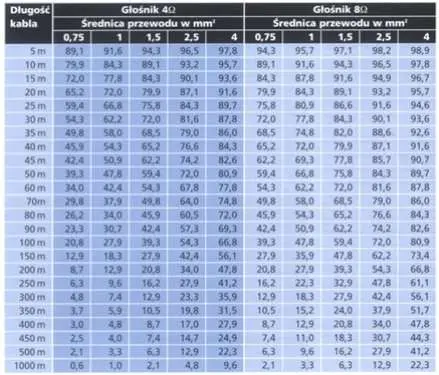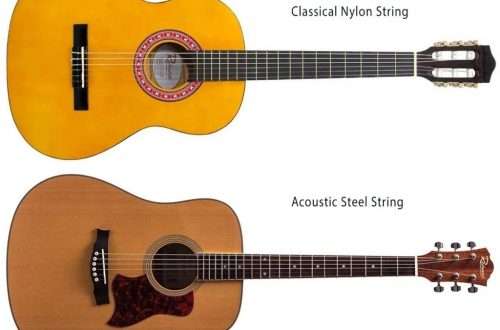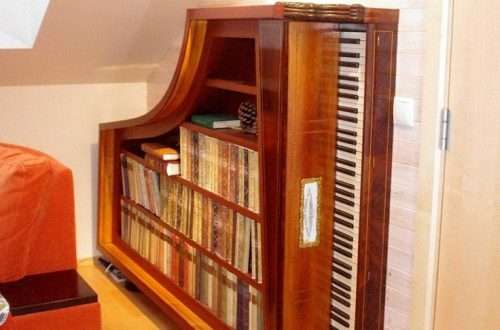
Selection of speaker cables
Speaker cables are a very important element of our audio system. So far, no measuring device has been constructed that would objectively measure the influence of a cable on the sound of sound, but it is known that for the correct operation of devices, properly selected cables are required.
A few words of introduction
At the very beginning, it is worth discussing quite an important issue – how much should we spend on purchasing our cables. It must be said in advance that it is not worth saving on this type of equipment for a simple reason. Seeming saving can play a trick on us when we least expect it.
Cables, as we know, are constantly exposed to winding, crushing, stretching, etc. A cheap product usually carries a poor quality of workmanship, so each time we use it, we increase the risk of damage, which in turn causes a surge of additional emotions, unfortunately negative ones. Of course, we can never be sure of the effectiveness of even the most expensive “top shelf” cables, although by paying attention to the quality of the product, we eliminate the risk of a defect.
Types of plugs
In home audio equipment, plugs are usually absent due to the fact that the equipment is operated in one place. Speakon has become a standard in stage equipment. Currently, no other type of plug is used, so it is difficult to make a mistake. Sometimes in older equipment we meet XLRs or popularly known as a large jack.
What to look for?
A few lines above, much said about quality. So what is this quality for us, and basically what should we pay attention to? They are mainly:
The thickness of the veins
The correct cross-section of the wires is the basis, of course properly matched to our audio system.
Flexibility
Nothing more nothing less. Due to the constant use, it is worth looking for flexible products, which reduces mechanical damage.
Insulation thickness
The insulation should adequately protect against damage and external factors. At this point, it is worth emphasizing one thing – avoid cables with very thick insulation and a low cross-section of conductors. This cross-section should be appropriately proportional. It is worth paying attention to this so as not to be deceived.
Plugs
Another, extremely susceptible element to mechanical damage. If we want to enjoy the peace of mind for a longer period of time, avoid products of insufficient quality.
Type of material
It is best to choose wires made of oxygen-free copper (OFC).
Basic or reinforced insulation?
As you know, there are two types of cables on the market, with basic and reinforced insulation. We choose accordingly with the application. In the case of permanent installations, we will not need much protection, so it is not worth paying for increased insulation. However, if the cable is constantly used in a mobile PA system, it is worth choosing reinforced models that guarantee greater protection.
1,5 mm2 or maybe more?

The above table shows the power drop that we get depending on the length and diameter of the cable in the case of feeding a hundred-watt column. The greater the length and the smaller the diameter, the higher the dips. The bigger the drops, the less power reaches our loudspeaker. If we are to take full advantage of the efficiency of our equipment, it is worth striving for the lowest possible power loss by using appropriate sections.
Summation
Speaker cables must not be chosen thoughtlessly. We choose the diameters according to the power of our music system, as well as the type of insulation, depending on the application and use.





